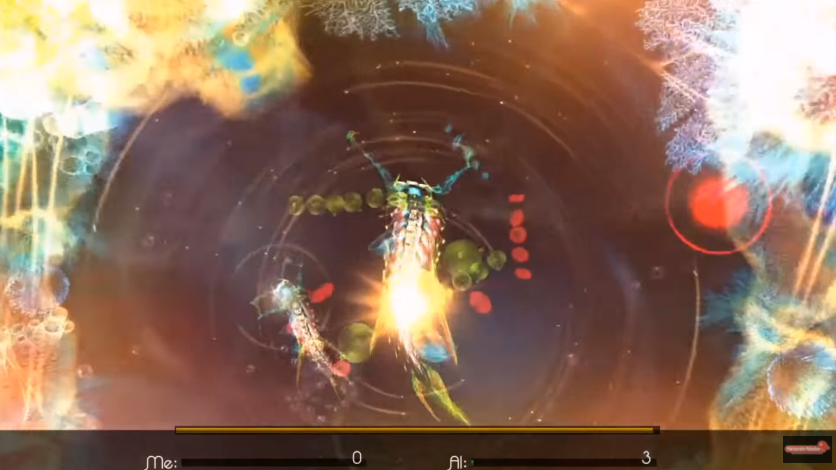

On female vocals the focus on their voice becomes extreme as if their face is poking through the middle of the speaker. But you do "hear into the recording" like nobody's business. The sound is hyper detailed and since it only impacts lower treble, it is not overly hissy and lispy. Let me say as always that this kind of "showroom sound" does have a short term preferential effect. There was dramatic amount of high frequency content and brightness. But man, did putting it in the circuit did. The woofer plays high enough frequency that the tweeter not being there did not have an immediate effect. In the process of moving the speaker from measurement lab to listening room and tightening the bi-wire post, one had moved out of position so tweeter was disconnected. I walked up to the speaker and put my ear next to AMT tweeter and as I expected, it was not playing. I started playing the EVO 4.1 and was surprised that I heard no brightness at all! If anything there was good bit of bass emphasis. Once in a while it is good to have a "control" to see if these ears are operating to spec. Wharfedale EVO 4.1 Listening Tests and Equalization This so called spinorama shows us just about everything we need to know about the speaker with respect to tonality and some flaws:

It is getting colder with the measurement room temp at 15 degrees C.Īcoustic measurements can be grouped in a way that can be perceptually analyzed to determine how good a speaker is and how it can be used in a room.
#Sparkle 2 evo switch review driver
Reference axis was the center of AMT driver (aligned by eye). Likewise listening tests are performed per research that shows mono listening is much more revealing of differences between speakers than stereo or multichannel. Measurements are compliant with latest speaker research into what can predict the speaker preference and is standardized in CEA/CTA-2034 ANSI specifications. In a nutshell, the measurements show the actual sound coming out of the speaker independent of the room. Both of these factors enable testing in ordinary rooms yet results that can be more accurate than an anechoic chamber. It also measures the speaker at close distance ("near-field") which sharply reduces the impact of room noise. This is a robotic measurement system that analyzes the speaker all around and is able (using advanced mathematics and dual scan) to subtract room reflections (so where I measure it doesn't matter). Measurements that you are about to see were performed using the Klippel Near-field Scanner (NFS).


 0 kommentar(er)
0 kommentar(er)
